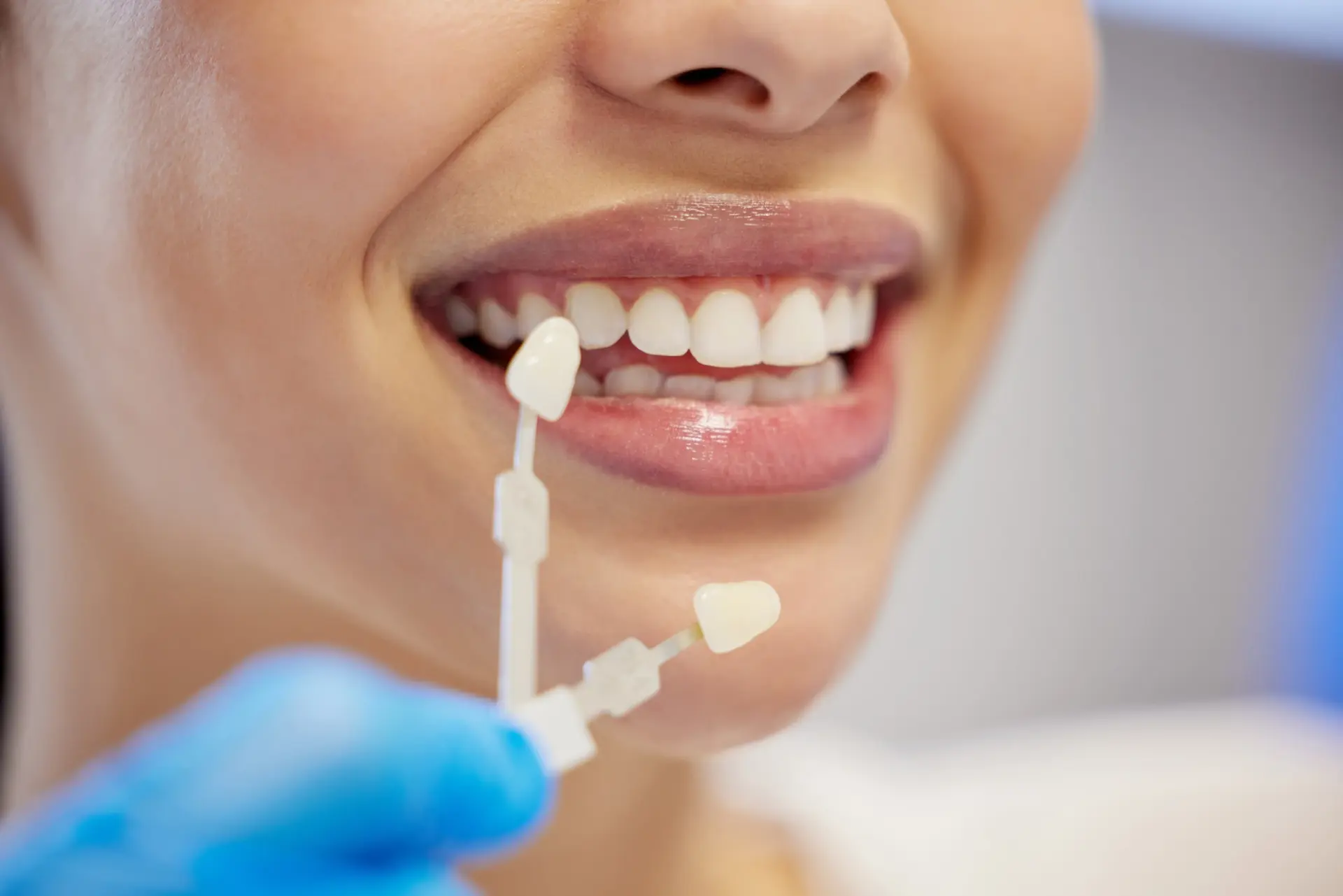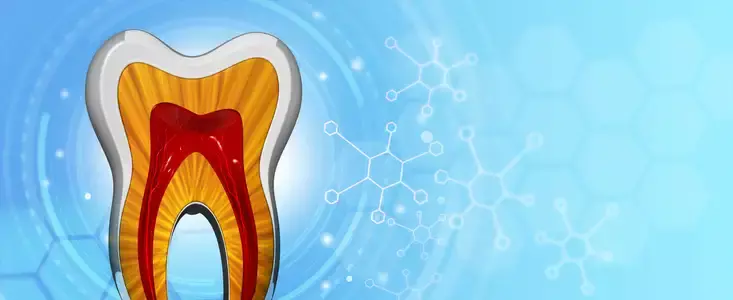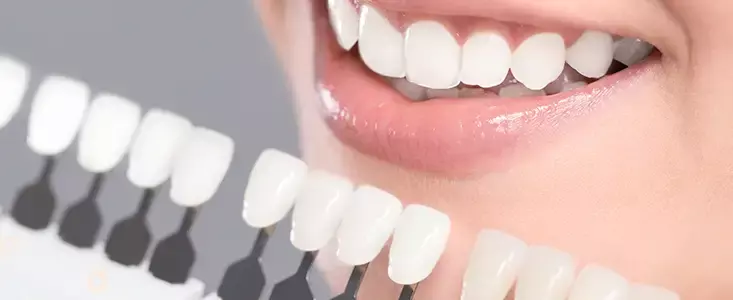You use your molars the most out of all your teeth because they help you chew your favorite foods. However, they are not that easy to reach. This makes brushing and flossing effectively difficult. You may take great care of your teeth but are still at risk for cavities and tooth decay if your oral hygiene habits prove unproductive on your molars. Rather than surrendering to the pain and problems caused by decay, you can take an extra step in protecting your teeth with sealants.
What is a Sealant?
A sealant is a thin, protective covering for the chewing surface of your teeth. It is usually made of plastic or a dental material that wraps around your molars. A sealant’s job is to keep food particles and bacteria from settling in the nooks and crannies of your back teeth. When food particles do settle, cavity-causing bacteria that is already in your mouth develops into acid and creates holes in your teeth (aka cavities). But sealants minimize the risk of cavities and decay by 80%.
Who are Sealants For?
Anyone can benefit from a sealant, no matter your age. Adults are just as prone to cavities as children. But the Centers for Disease Control (CDC) recommends parents consider sealants for their children when their permanent molars come in. The CDC says, “school-age children without sealants have almost three times more cavities than children with sealants.” Molars will break through in most children at the age of 12. The sooner you apply sealants, the greater your chances of preventing cavities and decay. While sealants are often applied to teeth before cavities form, it is possible to apply a sealant over areas that show early signs of decay in an attempt to prevent further damage.
How are Sealants Applied?
During your dental visit, your dentist will first clean and dry the tooth receiving a sealant. Next, an acidic gel will cover your tooth to create a strong bond between your tooth and the sealant. Then, your dentist will rinse off the gel, dry your tooth, and apply the sealant along the grooves of your molar. A blue light will be used to harden the sealant as the final step. The process is fast and painless. Sealants are generally clear, so at every dental visit, your dentist can make sure the sealant is doing its job and notice if any cracks forming in the sealant. Every few years, your dentist may need to reapply the sealant.
Are Sealants Covered Under Insurance?
In some cases, insurance will fully cover the application of sealants. Contact your dental insurance company to get further clarity, or contact our office for insurance questions. We can give you more information on the types of insurance accepted at Anderson & Atkins, DDS, discuss payment options, and double-check your coverage.
If you are prone to cavities, you and your children may benefit from the application of sealants. Schedule an appointment with us at Anderson & Atkins Dentistry and we’ll help you determine whether or not sealants are right for you. Every staff member of our family practice will make sure you and your children feel at ease in our office. We want you to walk away from every visit confident in your dental decisions.
Share
STAY IN THE LOOP
Subscribe to our free newsletter.
Leave A Comment
Did you know that your smile is the most recognizable part of your face? A beautiful smile also boosts your self-confidence and promotes positive interactions in your professional and social life. That explains why the American Academy of Cosmetic Dentistry has seen a significant increase in cosmetic dental procedures over the last decade. Cosmetic dentistry





